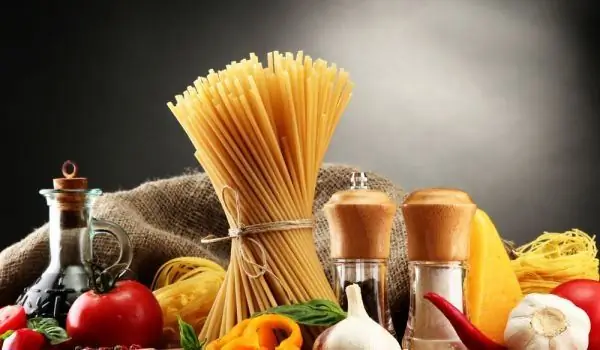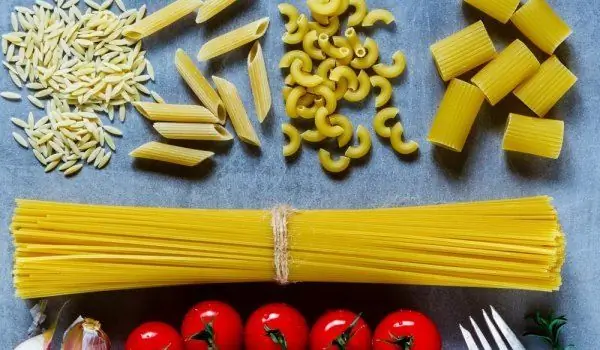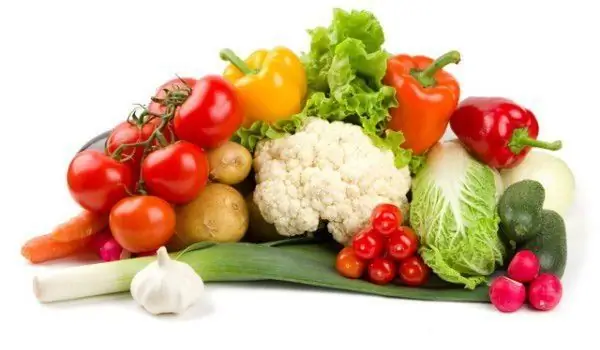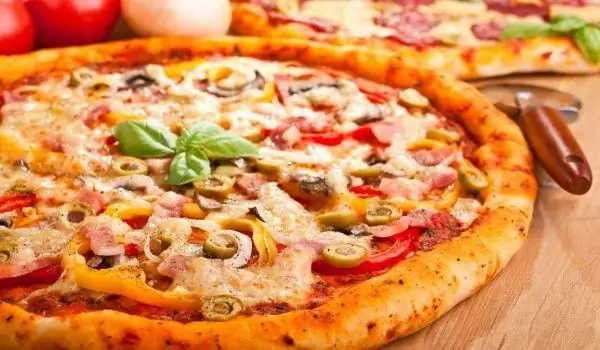2025 Author: Jasmine Walkman | [email protected]. Last modified: 2025-01-23 10:18
Making pasta seems like one of the easiest things: to bring water to a boil, to put some pasta inside, to note the time marked on the package, and you're done. Pour into several plates, pour sauce and your dinner is ready. Simple, isn't it?
In fact, the truth is a little different and there are many misconceptions about the preparation of this Italian food. Here we will talk about several methods that Italians accept as general knowledge, and we rather as news.
1. If you do not add fat to the cooking water, the pasta will stick together
In fact, the only thing that happens when you add fat to water is not to allow the sauce to stick to the paste and of course to waste it. All you need to make sure the pasta doesn't stick together while you're cooking is: make sure there's plenty of water in the pan; stir during cooking; make sure the water is boiling when you add the pasta.
2. You don't need a lot of cooking water

In fact, you need it. Recommendations vary, but usually between 4 and 6 liters of water per kilogram of paste is recommended. This is necessary in the first place so that the paste does not stick. Secondly, this dilutes the starch that is released from the pasta so that you do not get really sticky pasta water, which can again cause sticking.
3. The water does not need to be boiled
Boiling water again helps prevent your pasta from sticking when you first add it and during cooking, and helps you develop the right full-fledged flavor that good pasta should have.
4. There is no need to salt the water before applying the paste
Many do not see the need to salt the water, provided that the paste or sauce is then salted and thus achieve the same effect. But here the Italians do not agree. If you do not salt the water, your pasta or spaghetti will be tasteless and odorless, because their taste will not develop properly.

5. Rinse the paste with cold water after cooking
You really don't need to do this unless you plan to use pasta in a cold pasta salad. Otherwise, you just rinse the precious starch and again your sauce will not stick to the paste.
These are the main myths about the preparation of this otherwise amazing part of Italian cuisine. If you are wondering what to cook for dinner, now is the time to try them and see their truth.
Recommended:
The Biggest Myths About Food And Our Diet

Here are some common claims about food and eating that need to be considered in more detail. 1. Raw food gives a greater feeling when eating than processed foods. To some extent, but only to some extent. Fresh crispy salads, as well as fresh fruit, are a great example, but that doesn't necessarily mean that everything frozen, dried or cooked isn't good to eat.
The Biggest Myths About Pizza

Pizza is one of the most popular foods for people in the world and although we love it very much, most of us are not familiar with the biggest myths about the Italian specialty. There are 5 myths about pizza that can be easily refuted with the help of facts.
The Biggest Myths When Choosing Food

We will tell you about some of the most common myths when choosing products in the grocery store. Unfortunately, they lead to ill-considered purchases based on established stereotypes and misinformation. Myth # 1: Eggs with dark shells are more nutritious than those with white shells.
Myths About Diets

There are so many myths about diets that they can easily sabotage the diet plan which you have chosen. Awareness is very important when you decide to start any diet. Here are some of the most famous diets myths as well as the corresponding truths.
Subtleties In The Preparation Of Pasta And Pizza

What else comes to mind when you talk about Italian cuisine, except pizza and pasta. For better or worse, these delicacies have become one of the most beloved foods in our country. That's why it's good to know the subtleties when preparing juicy pizza dough or exactly how much we need to cook the spaghetti to enchant our guests with their taste.

